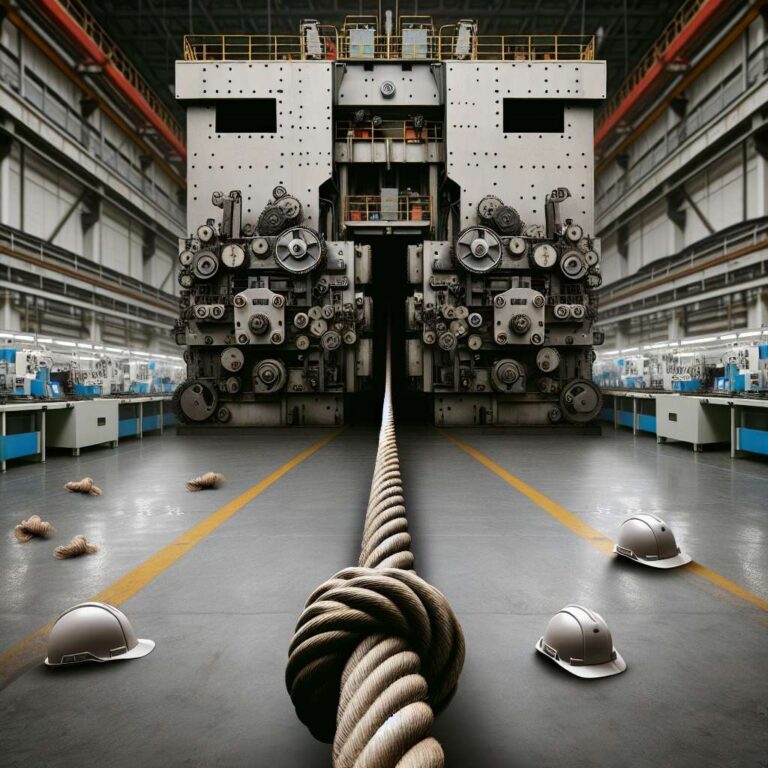Over the past two decades, China’s surge in manufacturing prowess has fundamentally altered global industry, leading to what economists describe as the ´China shock.´ This phenomenon, detailed by MIT labor economist David Autor and colleagues, delineated the devastation inflicted on manufacturing communities across the United States between the early 2000s and 2011. The data revealed the loss of approximately 1 million U.S. manufacturing jobs and a total job reduction of 2.4 million, highlighting the wide-reaching consequences of increased trade and the influx of low-cost Chinese imports.
The analysis of the original ´China shock´ now serves as political fuel in debates over tariffs, protectionism, and nostalgia for American manufacturing. Yet, Autor warns that a new, more pressing phase—coined ´China shock 2.0´—may be taking shape. This new wave stems from China’s dominance in advanced manufacturing domains that are vital to the future of technology, inciting renewed anxiety about the resilience of U.S. industry and the need for strategic policy responses. In an interview with editor at large David Rotman, Autor expands on the challenges and the critical lessons required to mitigate further economic displacement as China pushes the frontiers of innovation.
Meanwhile, the tech world is watching developments around TikTok, with reports suggesting a new version might launch in the U.S. as soon as September, adding intrigue to the potential sale and the Chinese government’s ongoing influence over the app’s fate. Additional highlights include U.S. weather service funding woes amid unexpected Texas flooding, Elon Musk’s controversial formation of a new political party, and concerns about biases in large language models such as xAI’s Grok. The newsletter also features perspectives on Taiwan’s strategies to reduce dependence on China, the persistent benchmarking challenge in Artificial Intelligence, and a note on the evolving salary landscape in the tech industry. These themes underscore the intricate interplay between geopolitics, emerging technology, and global competition as we move further into 2025.

